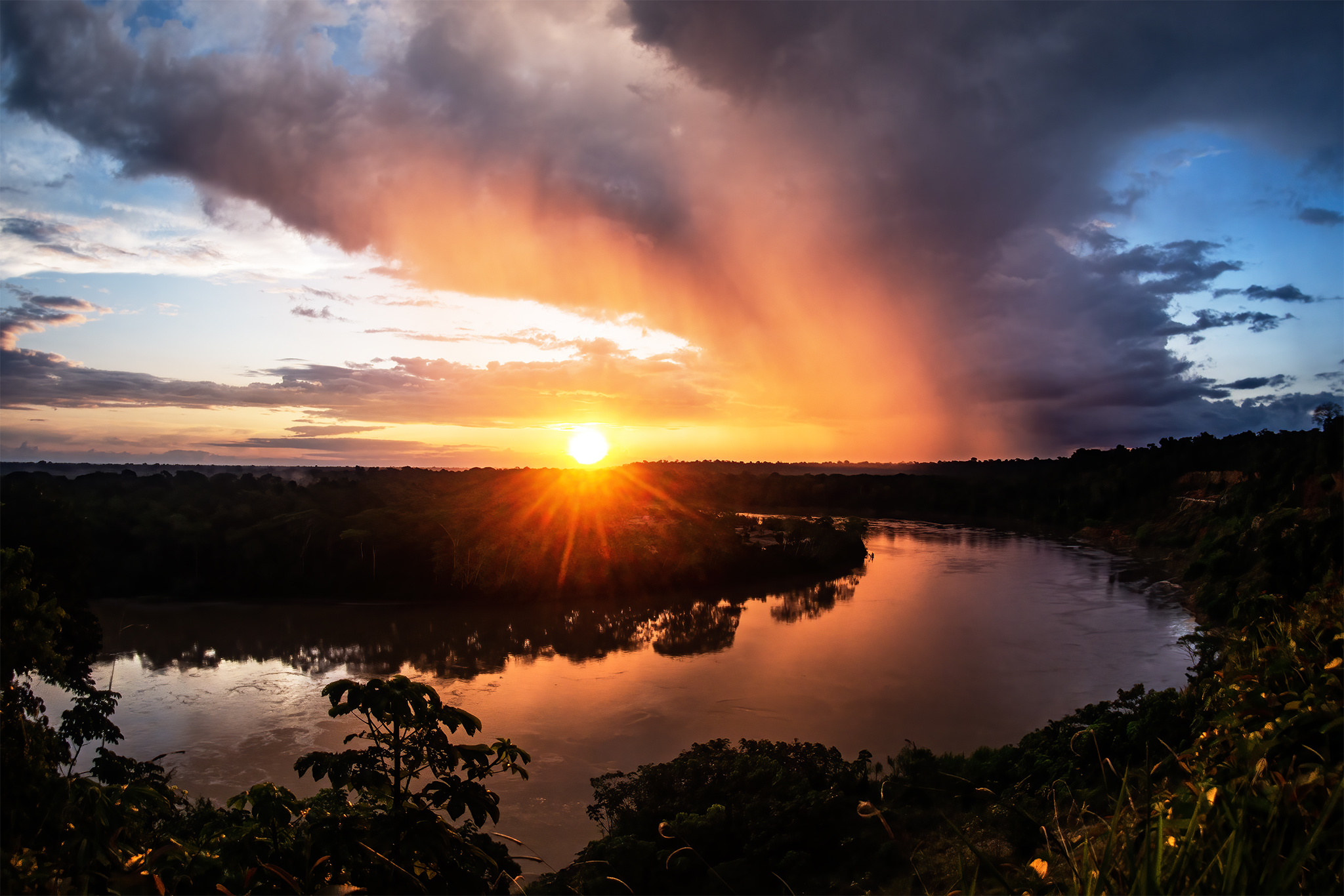I’m back at the beautiful Los Amigos Biological Station for a few days this week – one of my favourite places on the planet.
It’s my third trip here in the last year or so, and the station is host to an incredible variety of wildlife, as well as some of the most spectacular sunsets I’ve ever seen. However, Los Amigos is also a perfect metaphor for the state of the planet more broadly.
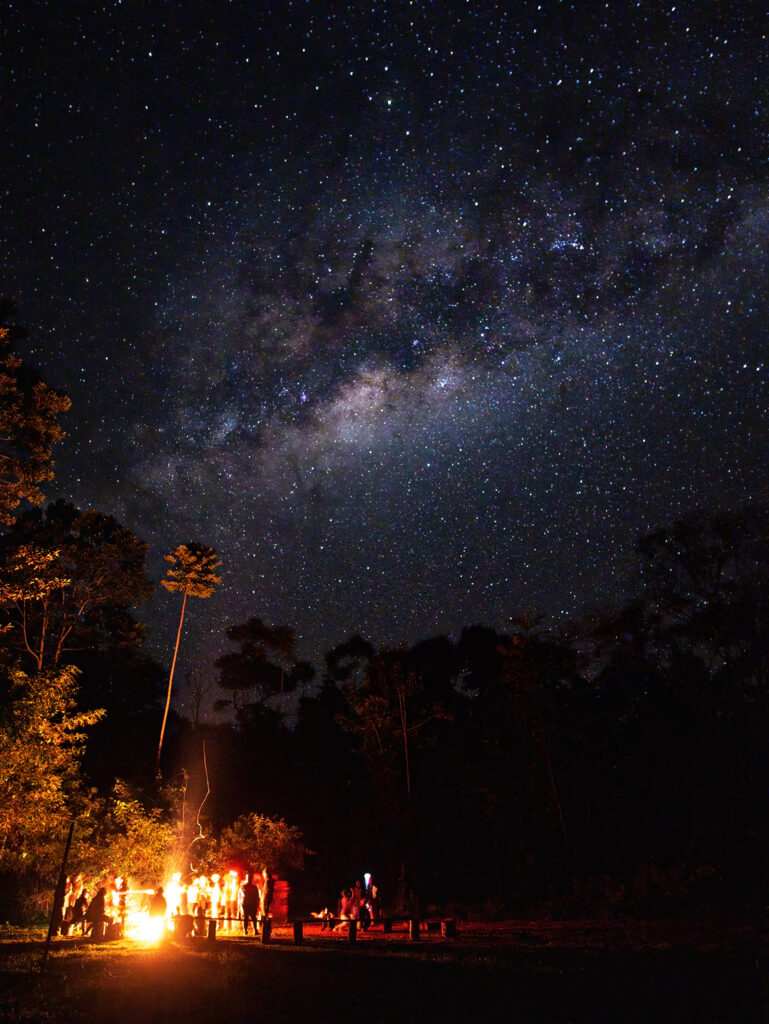
Not too long ago, the station was only accessible by private boat – a tiny speck of scientific research nestled on the banks of Peru’s Madre de Dios river, surrounded by an emerald ocean of Amazonian rainforest in every direction.
Today, public boats pass several times a day, servicing the countless gold mines that line the banks of the river – some legal, most not – and while the region’s biodiversity remains spectacular, it is increasingly under attack from a variety of angles.
Deforestation poses a constant threat as the mining expands, but the greater concern is mercury contamination. Mercury is used in vast quantities by the mines in order to separate gold from other minerals, and extremely high concentrations of the toxic metal are being documented right across the surrounding ecosystem.
If you scrolled quickly through my photos, you could be forgiven for thinking that all is well with the planet’s biodiversity. Even this photo from the lookout at Los Amigos is using the sun’s rays to obscure one of the larger mine sites that popped up on the opposite bank just a few years ago.
I want to excite people about the wonders of the natural world, but in doing so, I can be guilty of painting an all-too-rosy picture of the realities on the ground. So, here’s a collection of photos of the amazing creatures and beautiful landscapes that Los Amigos is famous for, interspersed with shots highlighting the impact of gold mining in this previously pristine pocket of the Peruvian Amazon.
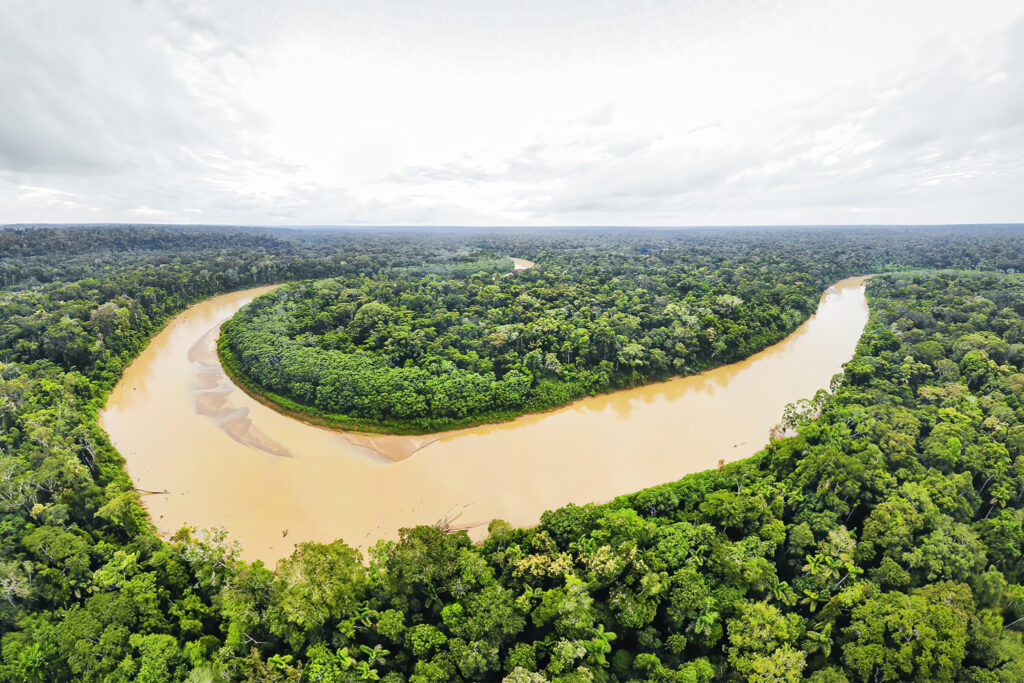
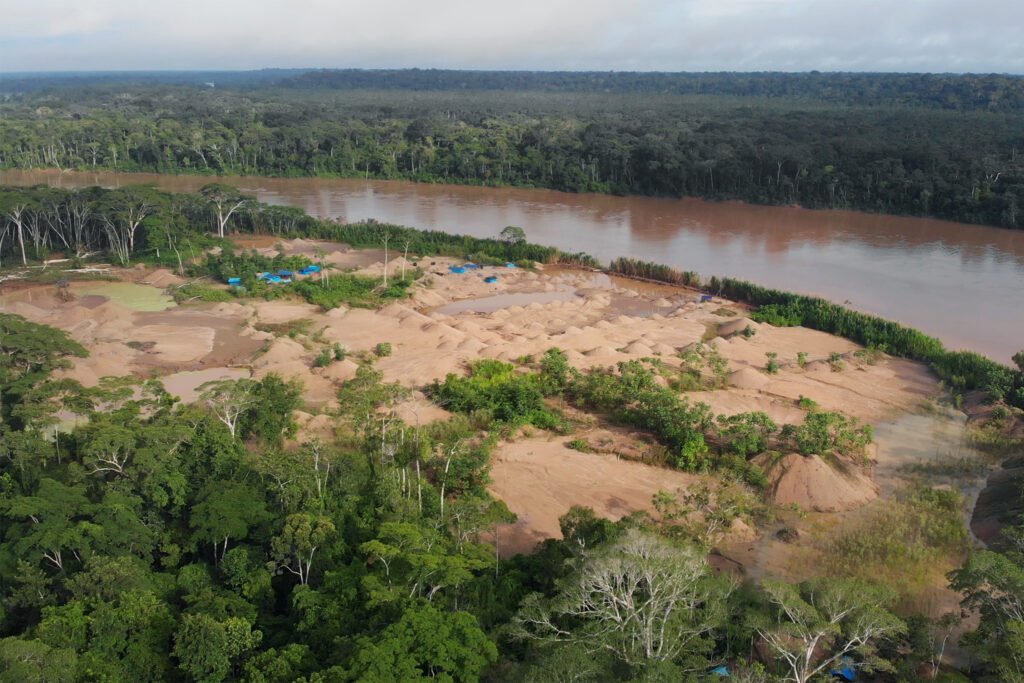
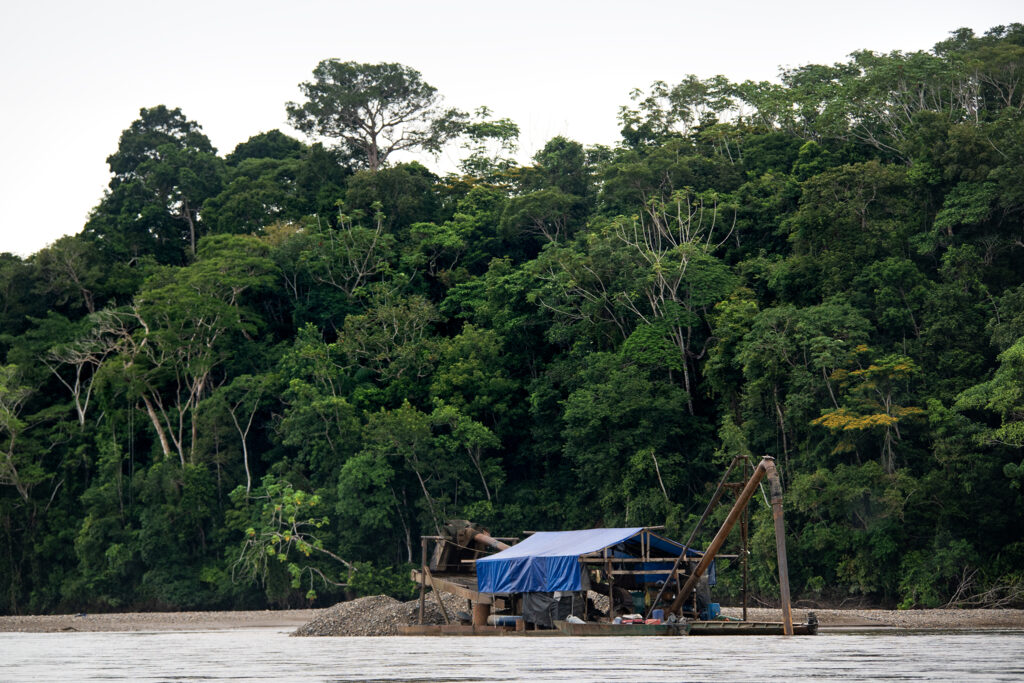
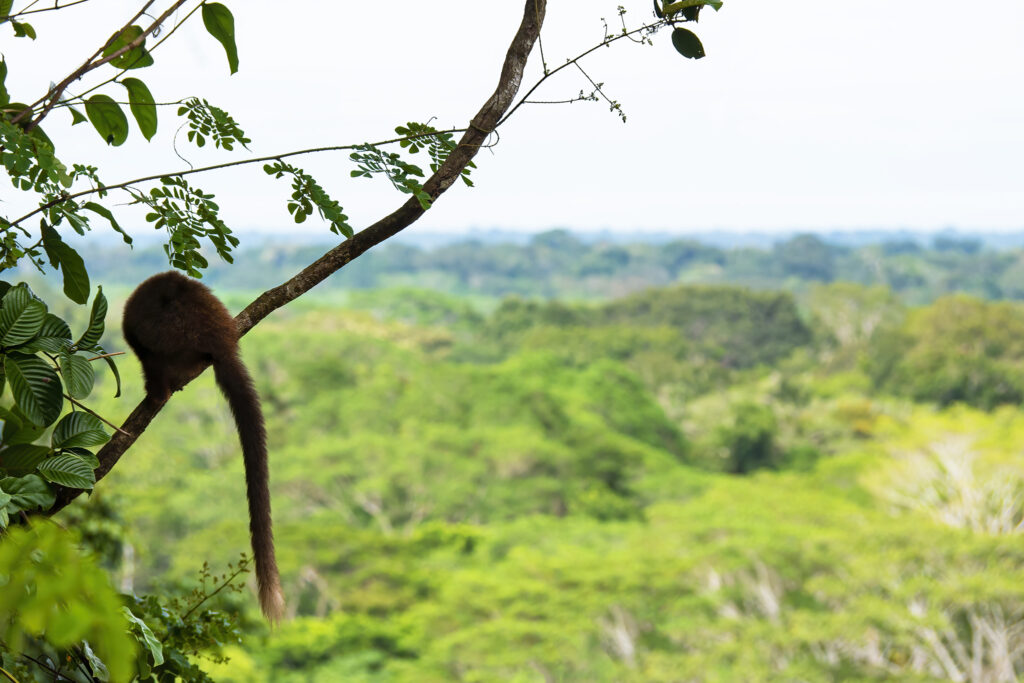
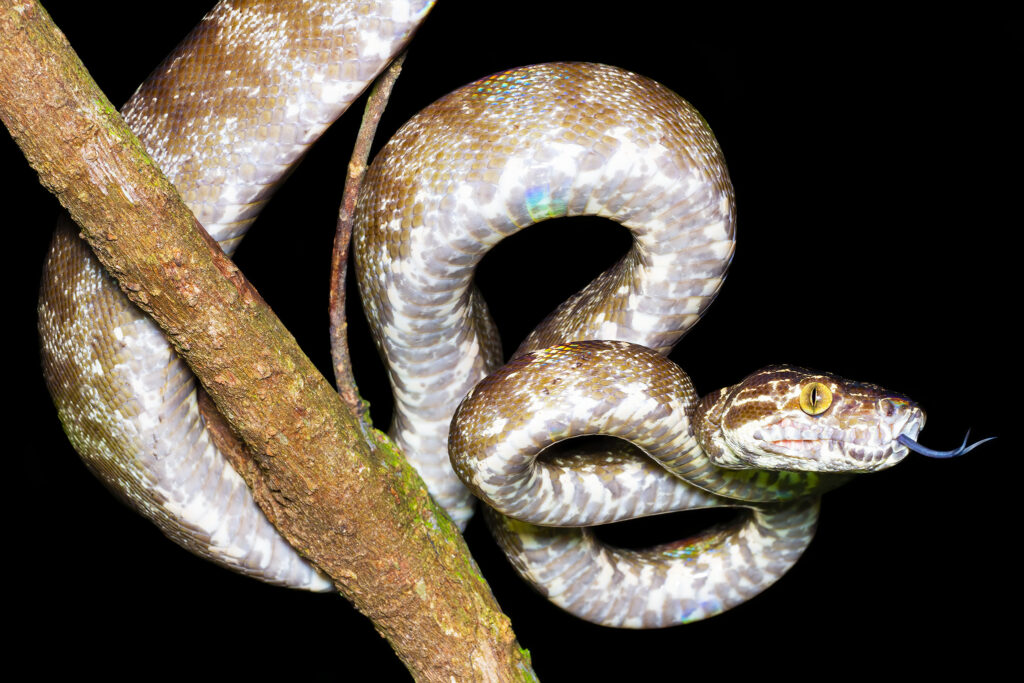
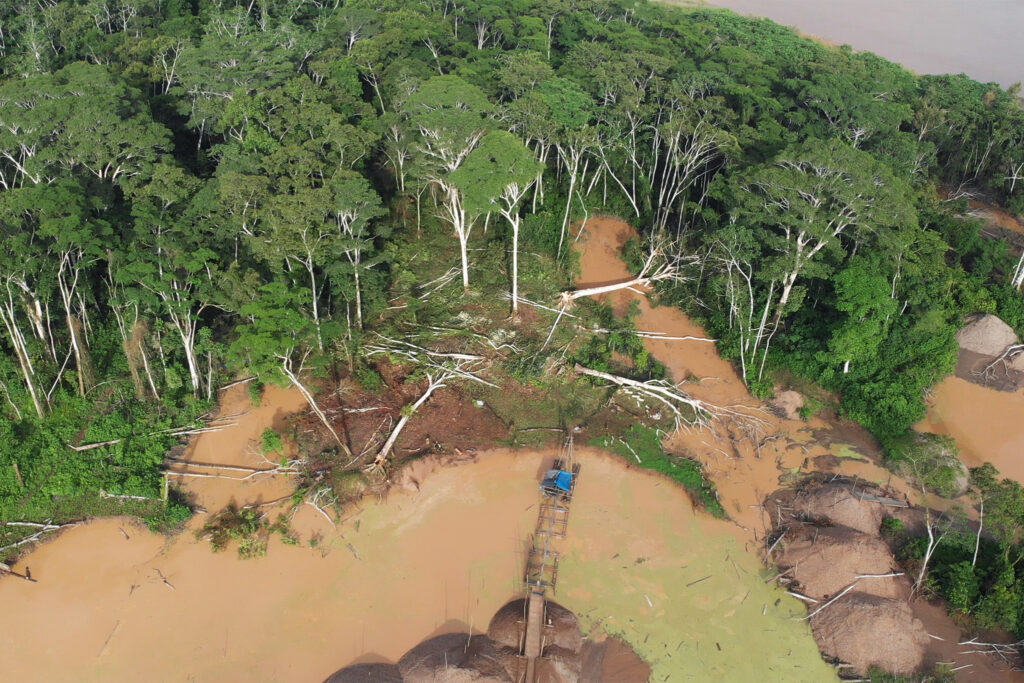
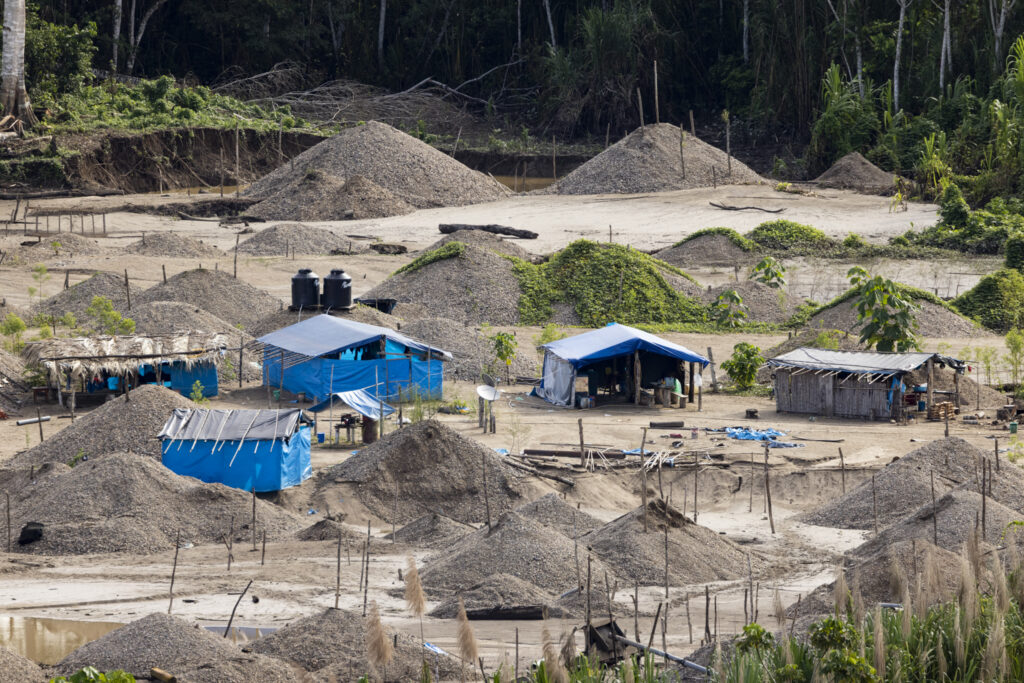
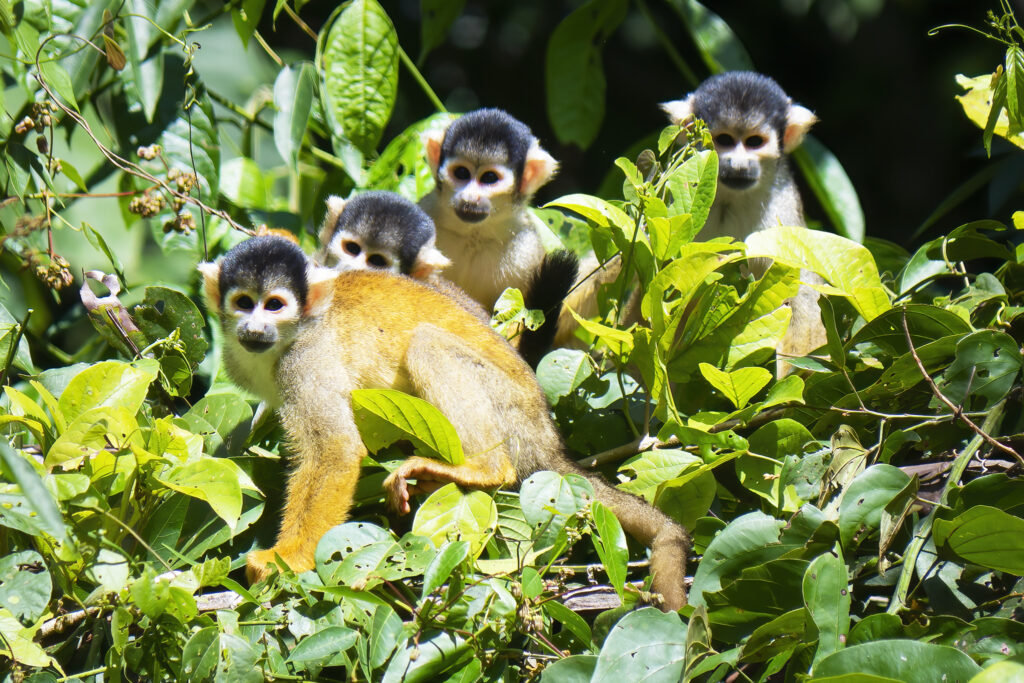
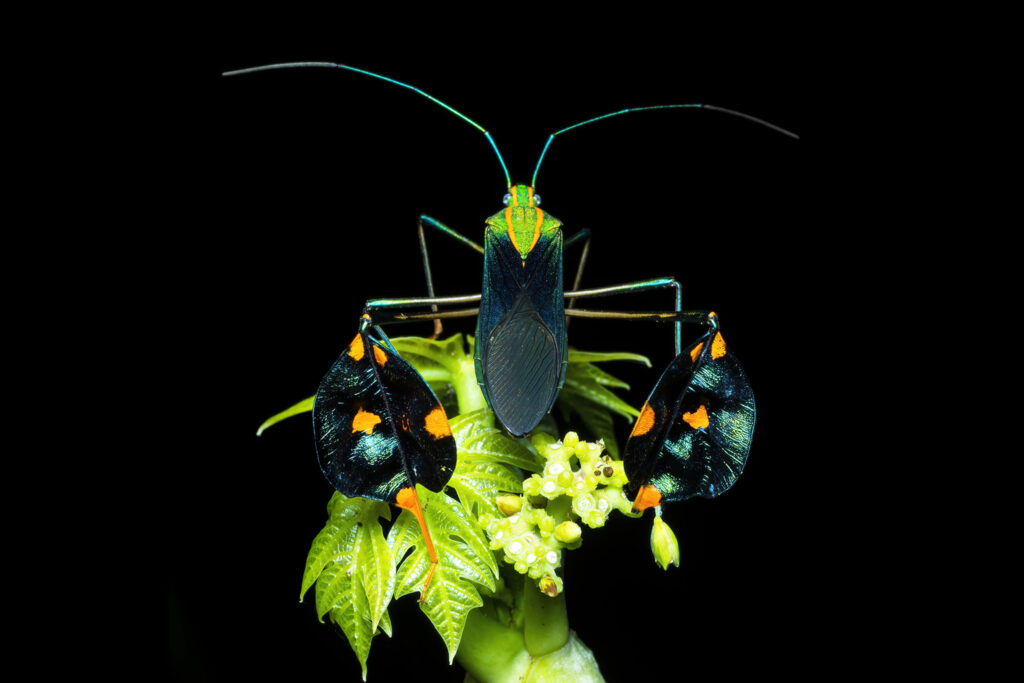
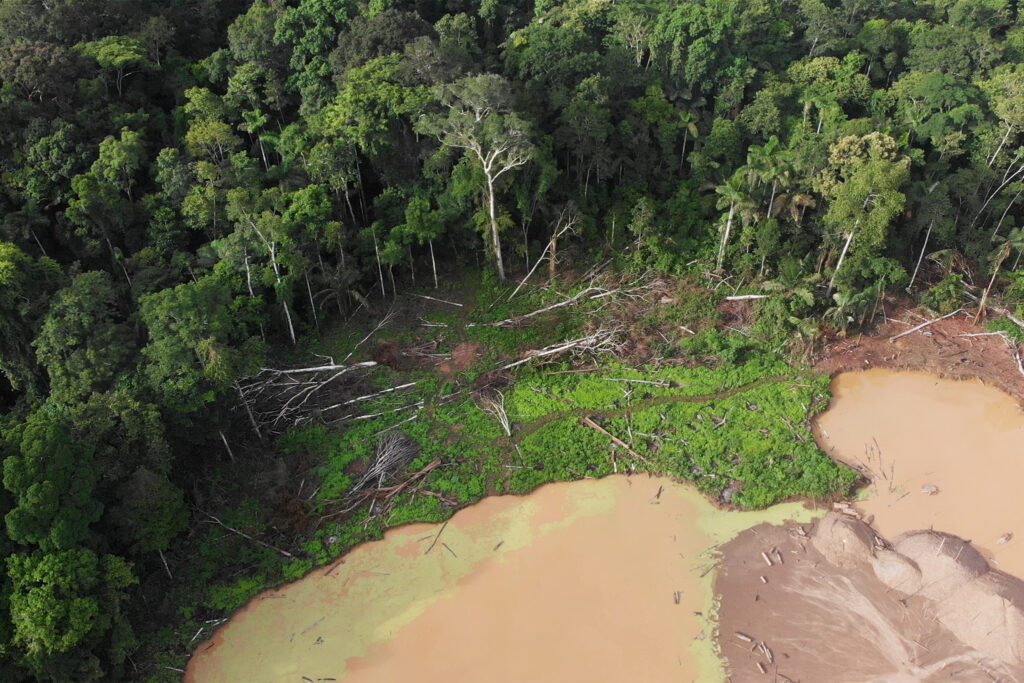
–
Los Amigos Biological Station, Peru


